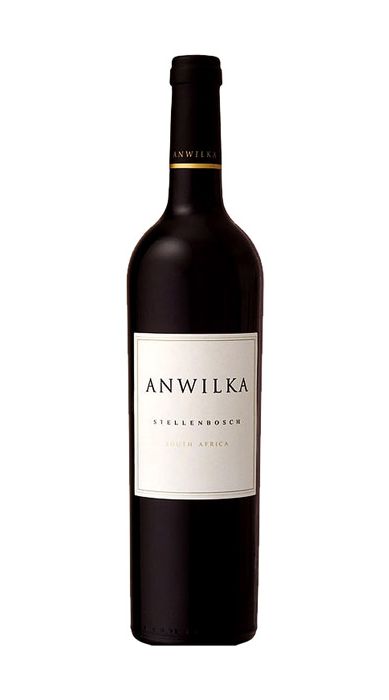Need Help Finding the right wine?
Your personal wine consultant will assist you with buying, managing your collection, investing in wine, entertaining and more.
By continuing, you agree to our privacy policy, consent to cookies, and confirm you are 21 or older.
I have read and agree to the Privacy Policy and Terms of Service.
YOU MUST BE 21 OR OLDER TO CONTINUE
NYC, Long Island and The Hamptons Receive Free Delivery on Orders $300+
Cool Wine Shippers Now Available.
Checkout using your account
Checkout as a new customer
Creating an account has many benefits:

2005 Anwilka
92 JS
| Type of Wine | South Africa Red |
|---|---|
| Varietal |
Proprietary Blend
: Proprietary Blend is a general term used to indicate that a wine is comprised of multiple grape varietals which are either “proprietary” to the winery or is blended and does not meet the required maximum or minimum percentage of a particular varietal. This also is the case for the grape’s place of origin, especially for region, appellation or vineyard designated wines. There are endless examples of blended wines which are labeled as “Proprietary Blend” and in conjunction with each region’s stipulated wine laws and regulations makes for a vast blanket for wines to fall into. Perhaps the simplest example is California; if a wine is to be labeled as Napa Valley Cabernet Sauvignon, it is required to have at least 75% of the varietal (Cabernet Sauvignon) and 85% of the fruit must be cultivated from the Napa Valley wine district. If the wine does not meet the requirements, it is then labeled as Proprietary Blend. |
| Country |
South Africa
: With over 300 years of winemaking history, South Africa is often described as bridging the gap between the Old World and New. Most vintners, today, are using New World winemaking techniques but there are many ways in which the wines are stylistically similar to their Old World counterparts. In recent years, South African Chardonnay and Sauvignon Blanc have become internationally popular, which has greatly contributed to an already prospering wine industry. From South Africa’s signature grape Pinotage (an indigenous crossing of Pinot Noir and Cinsault and rarely seen outside the country) to the legendary dessert wine Vin de Constance which brought world-wide recognition and fame during the 18th and 19th centuries, South African viticulture has become one of the most prominent wine regions in the world. With a vast array of climates and terroirs, the South African landscape offers an incredibly diverse portfolio of wine styles. From the lush and rugged landscape of the Western Cape to the Northern Cape’s barren, arid soils dominated by the Kalahari Desert, South African terroir is well suited to the varietals cultivated there. The Mediterranean climate also plays an important role and is significantly influenced by the meeting of Atlantic and Indian Oceans. The country has 96,000 hectares under vine, of which 55 percent are cultivated to white grape varieties. Chenin Blanc is the country’s most planted grape with 18.5 percent of all grapes, followed by Chardonnay, Sauvignon Blanc and numerous other white varietals. Though the crisp, dry and refreshing white styles produced have dominated the recent wine market, Pinotage, Shiraz (Syrah), Cabernet Sauvignon and Merlot are also widely planted red grape varietals. Cabernet Sauvignon and Merlot are often found used together in “Bordeaux Blends.” Vines were first planted in South Africa in the 1650s by Dutch settlers, but it was not until French Huguenots arrived in the 1680,s bringing with them viticultural skills and knowledge, when the country would become a recognized wine producing region. Constantia is the oldest wine region, and also where the world famous Vin de Constance was first produced. Stellenbosch is just as recognizable as a wine producing region and graces many labels on the international wine market. Today, South Africa has garnered global recognition and is one of the most important wine producing countries in the world. Its annual wine output of 10.4 million hectoliters is an incredibly impressive accomplishment for a relatively “young,” New World wine producer, placing it 8th among all wine producing countries. |
| Region | South Africa |
| Producer | Anwilka |
|---|
Need Help Finding the right wine?
Your personal wine consultant will assist you with buying, managing your collection, investing in wine, entertaining and more.